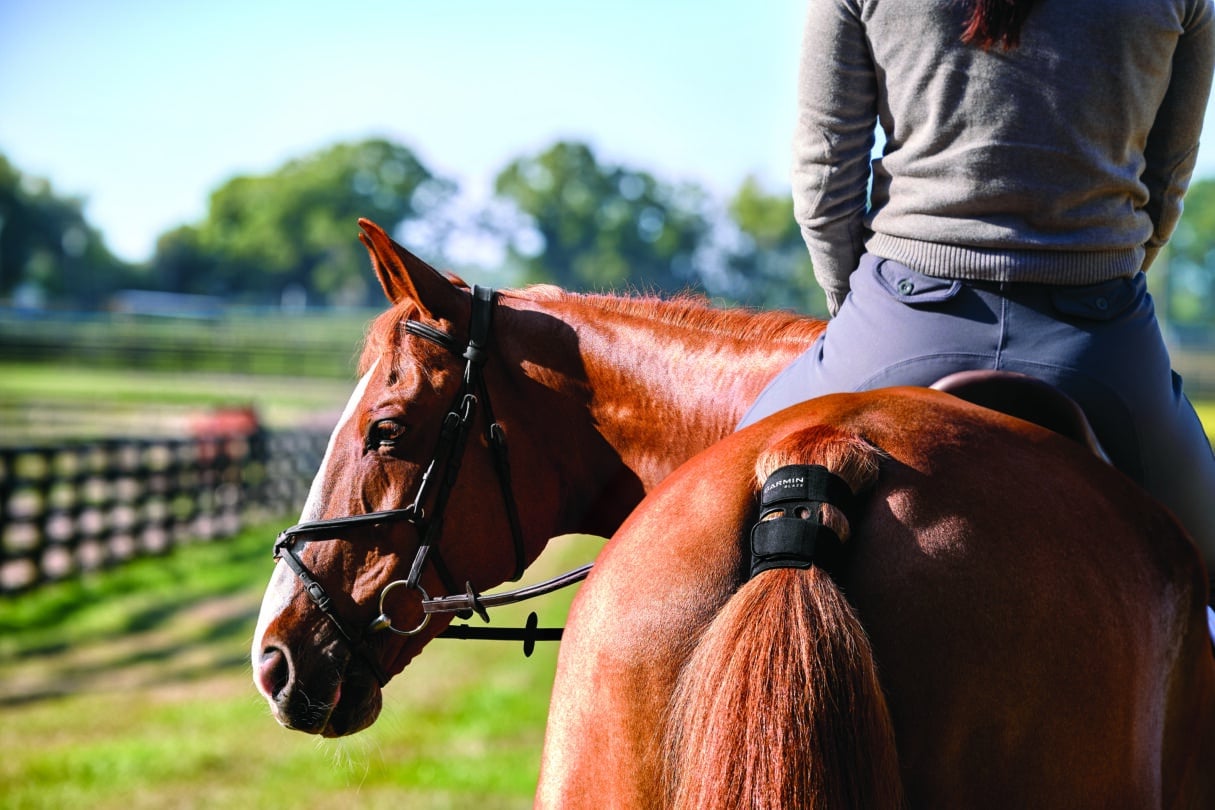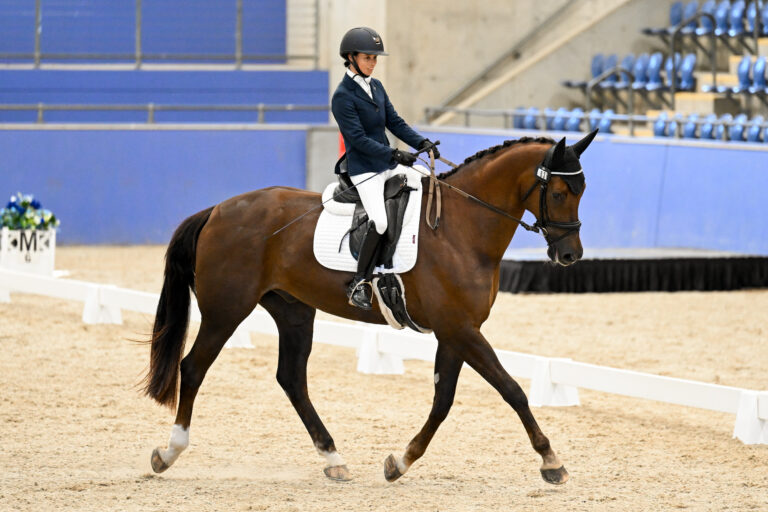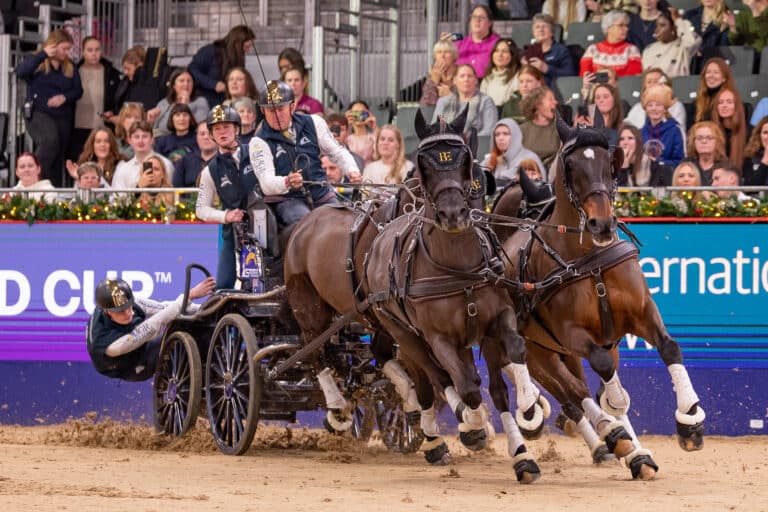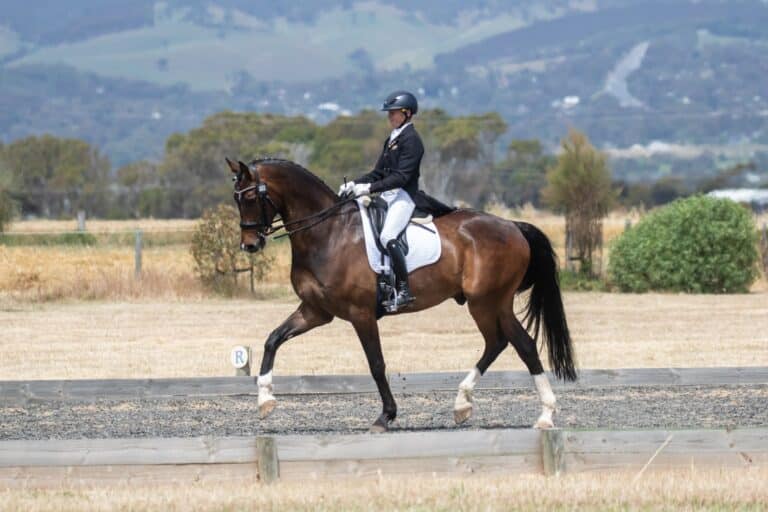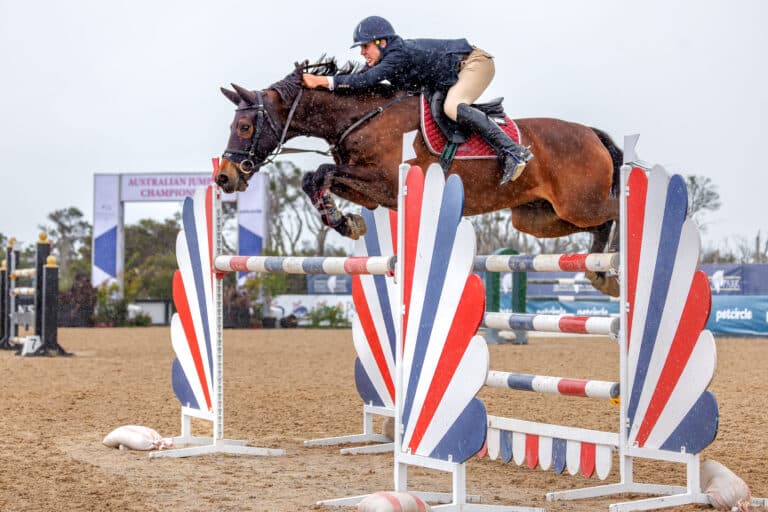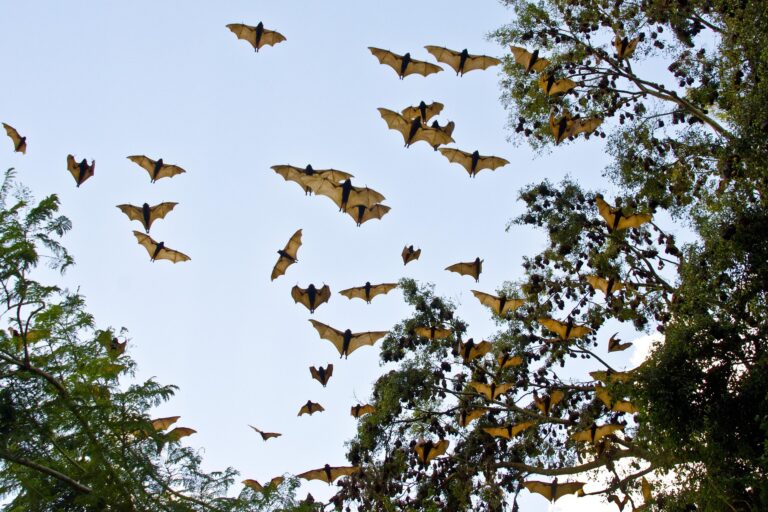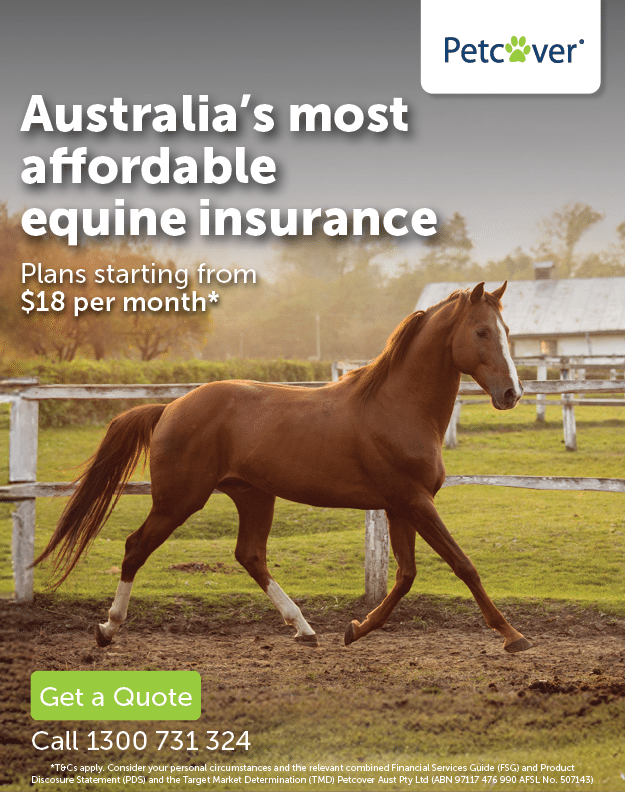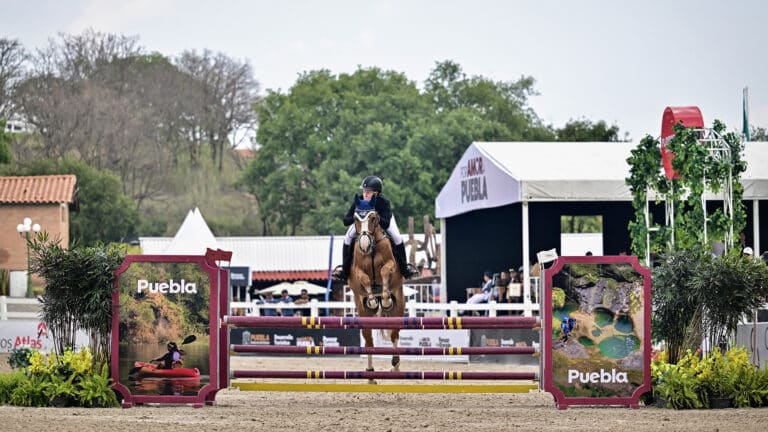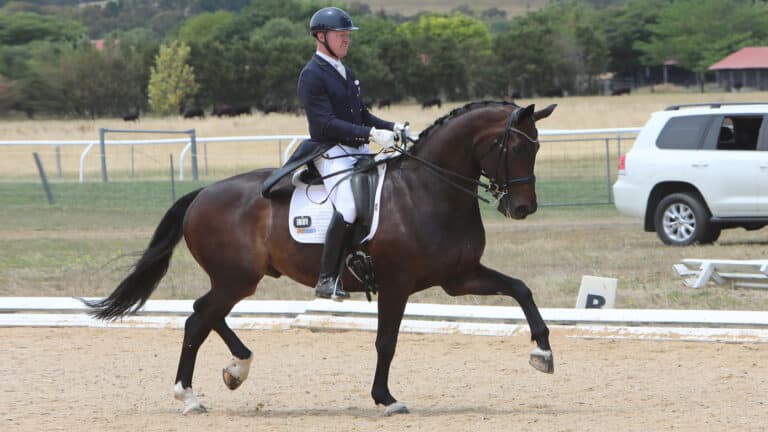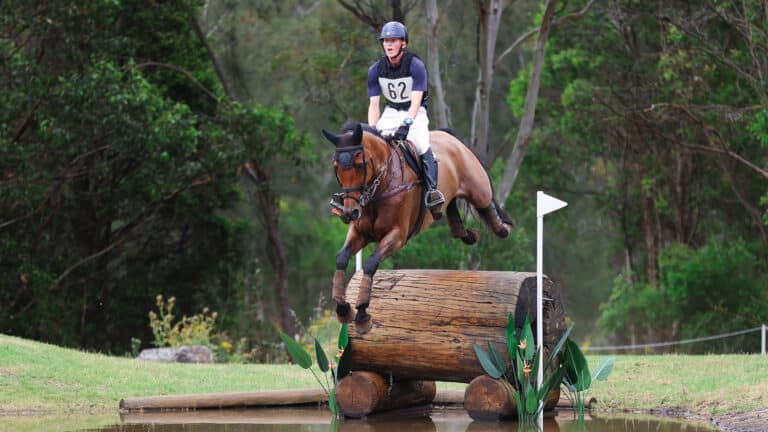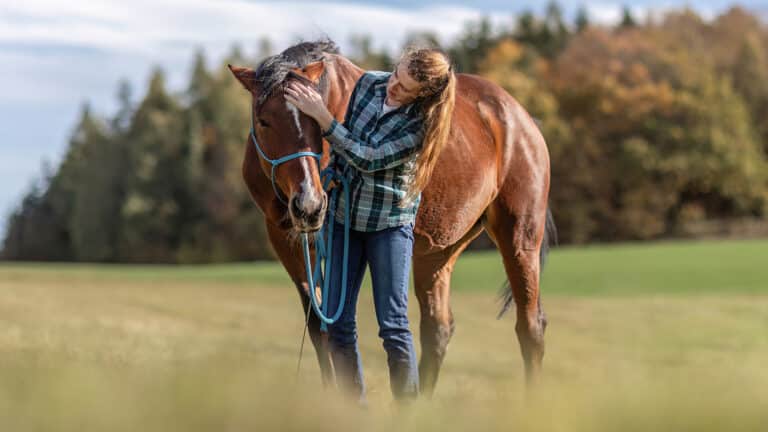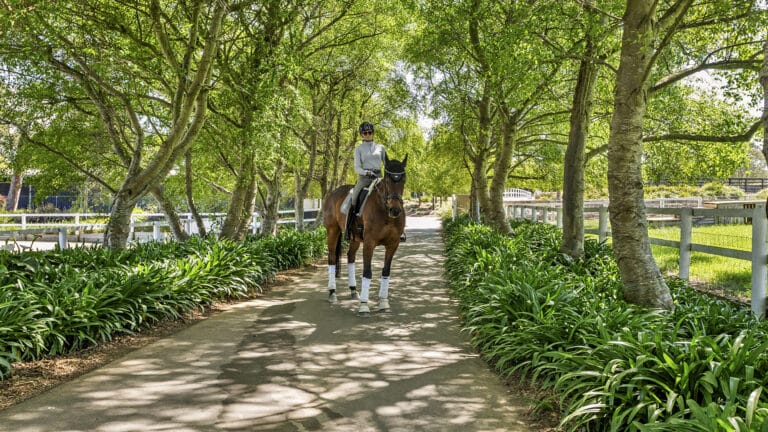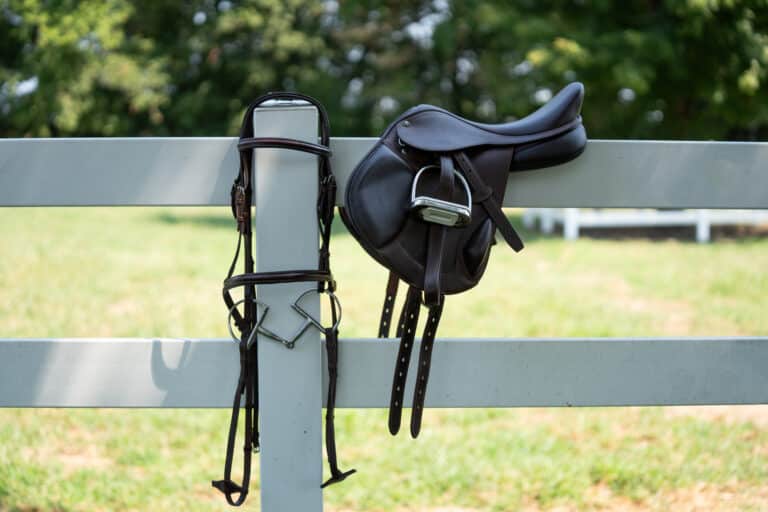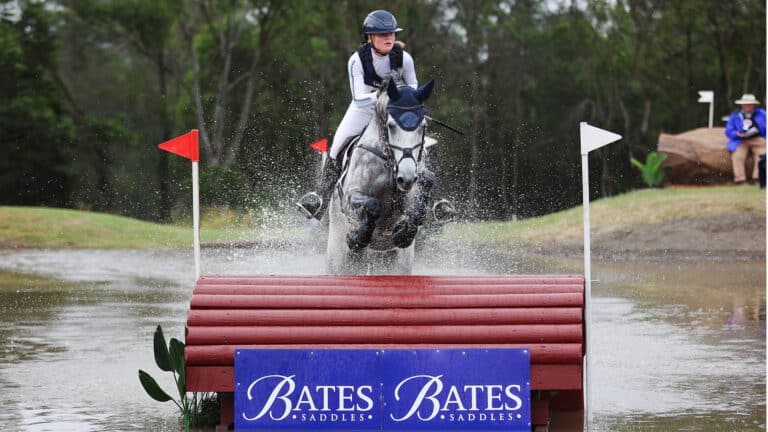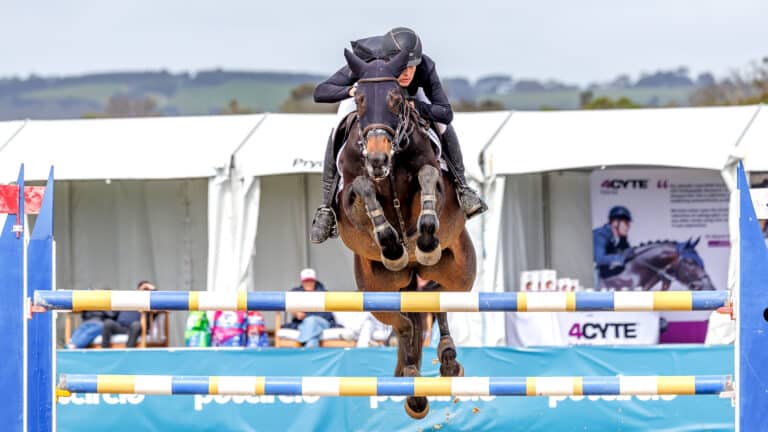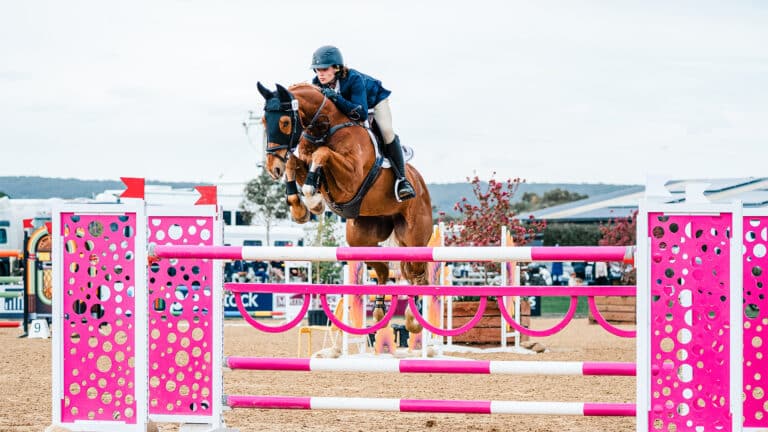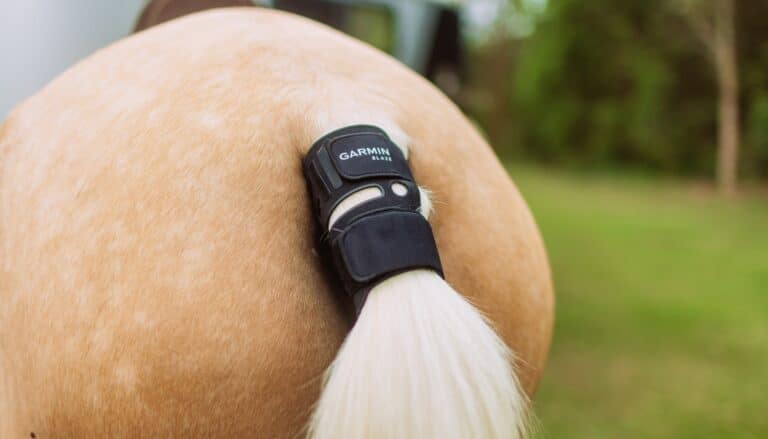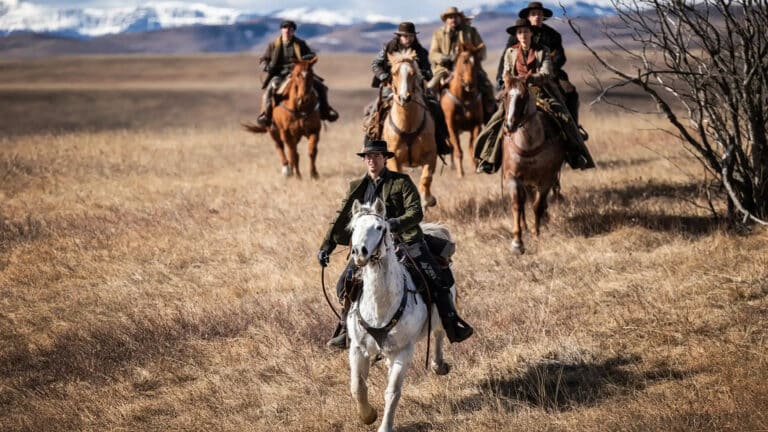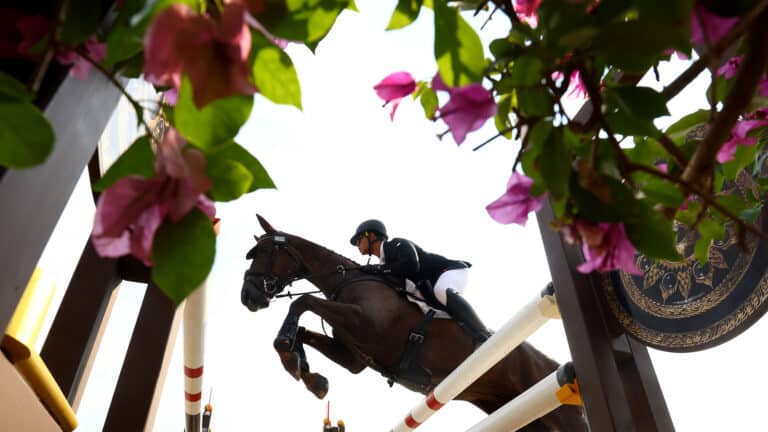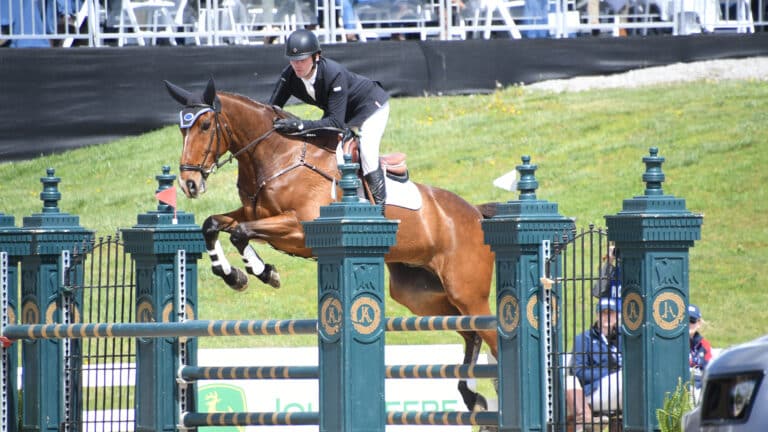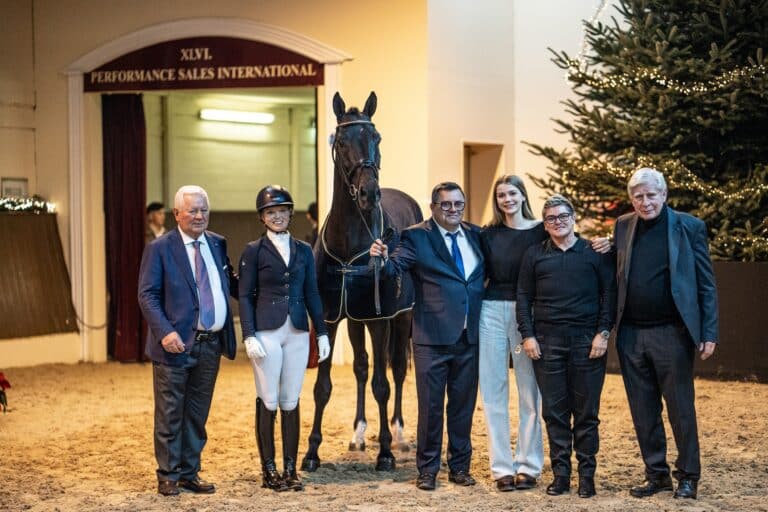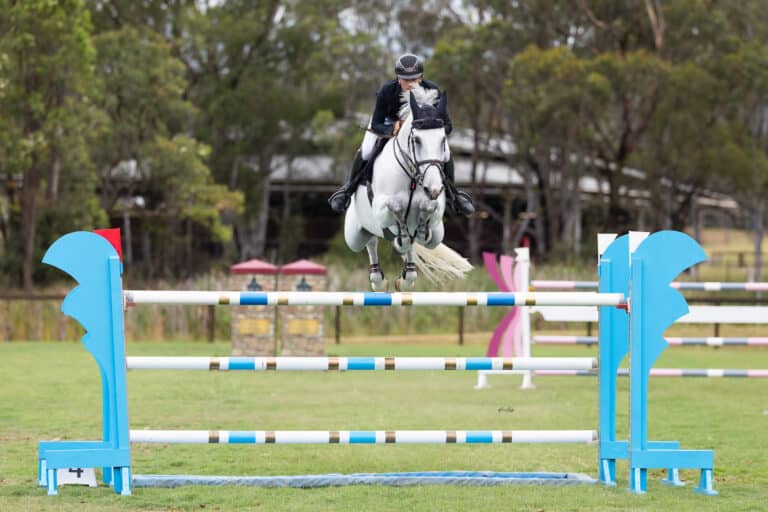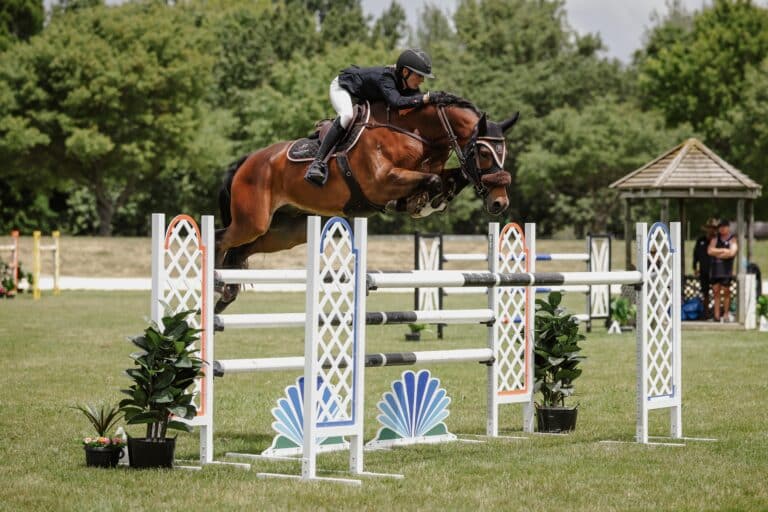Latest News
The final Virtus Equestrian Video Competition for 2025 has been run and won, with Australian riders once again producing exciting results.
Australian driver Boyd Exell has claimed two wins at the 2025 London International Horse Show, before just falling short of a hat trick in the FEI Driving World Cup Ranking Competition on Sunday.
Charlotte Fry and Glamourdale flew to victory during the fourth leg of the FEI Dressage World Cup™ Western European League at the London International Horse Show. With their flying-themed Freestyle, the black stallion soared to great heights, adding Freestyle victory to their Grand Prix win with an impressive score of 89.170%. Becky Moody and Jagerbomb claimed second place with 86.410%, while Isabell Freese and Total Hope OLD completed the podium on 81.695%.
South Australia’s dressage community gathered in brilliant spring conditions for the 2025 Equine Finance Solutions SA Dressage State Championships (14-16 November), a showcase of polished performances, hardworking volunteers and fiercely contested classes across every level.
Equestrian Australia has confirmed the Australian Young Rider team set to contest the 2026 Trans-Tasman Challenge, with a team of four emerging talents and one reserve named for the borrowed-horse showdown against New Zealand in Gisborne this January.
The Northern Territory Department of Agriculture and Fisheries (DAF) has confirmed the first detection of Hendra virus in a bat in the Northern Territory, following a positive test result on 11 December 2025.
Equestrian Life Magazine
More about Jumping
Equestrian Australia has confirmed the Australian Young Rider team set to contest the 2026 Trans-Tasman Challenge, with a team of four emerging talents and one reserve named for the borrowed-horse showdown against New Zealand in Gisborne this January.
The 46th P.S.I. Auction once again delivered everything that has defined Performance Sales International for nearly five decades: outstanding horses, strong global demand and an electric atmosphere that filled the P.S.I. Auction Centre to the very last seat. Bidders from Germany, Australia, Sweden, the USA, Canada, France, Luxembourg, Switzerland, Italy, the Netherlands, Mexico, Colombia, the United Arab Emirates and Taiwan among others created excitement both in the arena and on the phones.
Tom McDermott closed the 2025/26 FEI Jumping World Cup Australian League in dominant style in Sydney, while Phillip Lever’s season-long consistency secured him overall league honours and qualification for the World Cup Final.
The rising stars of New Zealand showjumping and the people behind them have been celebrated and honoured at the Bayleys Hawke’s Bay Young Horse Championships in Heretaunga Hastings this weekend.


